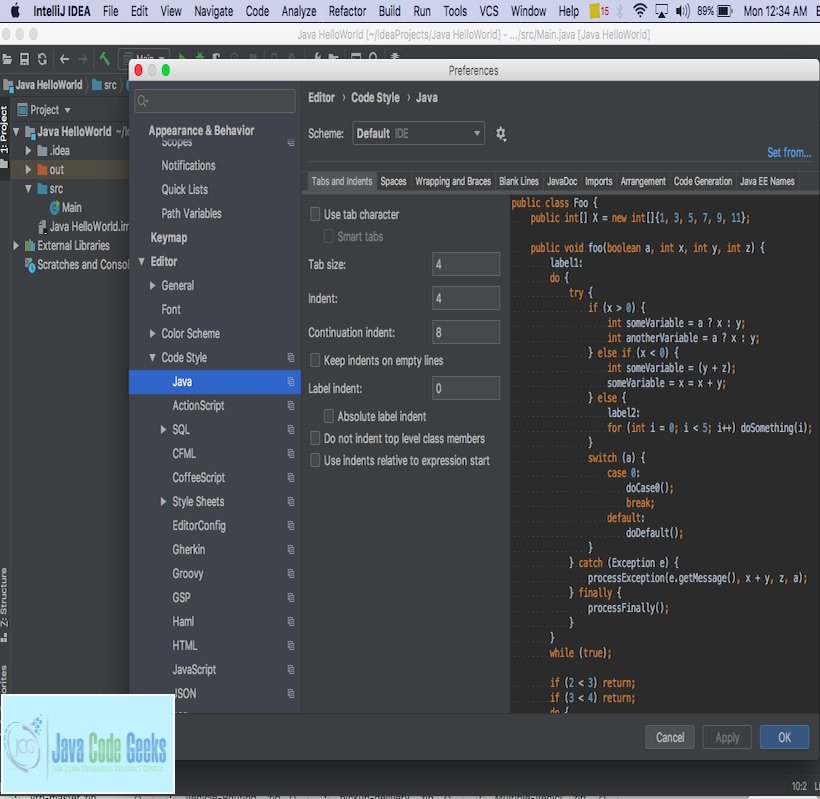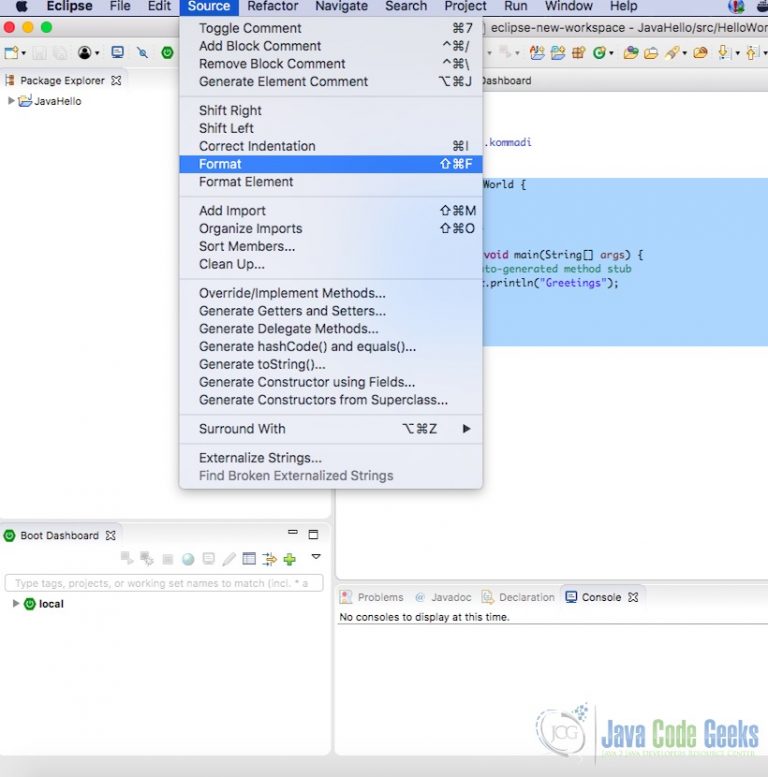

Without this step, IntelliJ will replace your imports with so called "star imports" using * which we do not want.Ĭhange the Import Layout to match the configuration as shown, so that the order of packages is as the following: Import static all other imports, import javax.*, import java.*, import all other imports.

#How to use eclipse formatter in intellij code
See IntelliJ - Reformatting Source Code for details. From now on you can let IntelliJ format any java class for you. Select Eclipse workspace/project folder or config file, and browse to your openmrs-core folder: /openmrs-core/tools/src/main/resources/eclipse/OpenMRSFormatter.xml.Select Use the Eclipse Code Formatter.Select Files > Settings, in the search box enter “Eclipse Code Formatter”.When the installation is complete, select Restart IDE. In the search box enter eclipse code formatter, and select Install.
#How to use eclipse formatter in intellij install


 0 kommentar(er)
0 kommentar(er)
